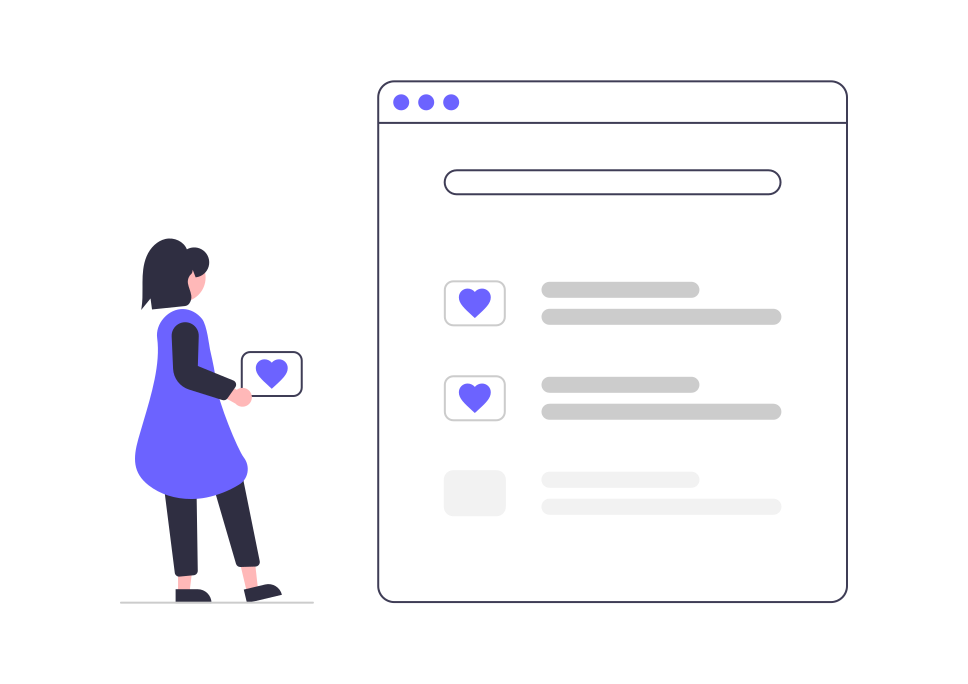In the evolving landscape of B2B marketing, the ability to precisely target and engage potential clients is paramount. Account-Based Marketing (ABM) has proven to be an effective approach, but its potential is magnified when behavioral data is incorporated. This blog explores the importance of leveraging behavioral data in ABM, how to collect and analyze it, and the benefits it offers.
Understanding Behavioral Data
Behavioral data refers to information gathered about the actions and interactions of individuals within your target accounts. This includes:
- Website Visits: Pages viewed, time spent, and navigation patterns.
- Content Consumption: Types of content accessed, frequency, and engagement levels.
- Interaction History: Emails opened, links clicked, and forms submitted.
- Social Media Engagement: Likes, shares, comments, and overall activity.
The Significance of Behavioral Data in ABM
Behavioral data offers a wealth of insights that can significantly enhance your ABM strategy. Here’s how:
-
Refined Targeting: Behavioral data allows for more precise identification of high-intent accounts. By understanding the actions and preferences of your target audience, you can prioritize accounts that are most likely to convert.
-
Enhanced Personalization: With detailed behavioral insights, you can tailor your messaging and content to align with the specific interests and needs of each account. This level of personalization leads to more meaningful engagements.
-
Timely Interventions: Tracking behavioral data enables you to identify key moments when a prospect is most receptive to outreach. This ensures that your marketing efforts are timely and contextually relevant.
Collecting Behavioral Data
To effectively leverage behavioral data in your ABM strategy, it’s essential to have robust data collection mechanisms in place. Here’s a step-by-step guide:
-
Implement Tracking Tools: Use tools like Google Analytics, CRM systems, and marketing automation platforms to track and gather behavioral data. Ensure these tools are integrated for seamless data flow.
-
Utilize Web Analytics: Monitor website visitor behavior using web analytics. Track metrics such as page views, bounce rates, and conversion paths to gain insights into user interactions.
-
Analyze Email Engagement: Use email marketing software to track open rates, click-through rates, and engagement with email content. This helps in understanding what type of content resonates with your audience.
-
Social Media Monitoring: Employ social media analytics to track engagement metrics on platforms like LinkedIn, Twitter, and Facebook. This data reveals the interests and preferences of your target accounts.
Analyzing Behavioral Data
Once you’ve collected behavioral data, the next step is to analyze it to derive actionable insights. Here’s how to go about it:
-
Segment Your Audience: Group your target accounts based on similar behavioral patterns. This segmentation helps in creating tailored marketing strategies for each group.
-
Identify Key Trends: Look for common trends and patterns in the data. Identify which content types, communication channels, and messaging styles are most effective.
-
Measure Engagement Levels: Assess the level of engagement across different touchpoints. High engagement indicates strong interest and potential for conversion.
-
Utilize Predictive Analytics: Employ predictive analytics to forecast future behaviors and outcomes. This helps in anticipating the needs and actions of your target accounts.
Implementing Behavioral Insights
With a thorough analysis of behavioral data, you can now implement these insights into your ABM strategy. Here’s how:
-
Personalized Content Delivery: Create and deliver content that aligns with the interests and behaviors of each account. Personalized content enhances engagement and builds stronger relationships.
-
Dynamic Email Campaigns: Design email campaigns that adapt based on recipient behavior. Use triggers and automation to send personalized messages at the right time.
-
Tailored Website Experiences: Customize website experiences for different segments of your audience. Use dynamic content to present relevant information based on visitor behavior.
-
Targeted Social Media Outreach: Leverage social media data to craft targeted outreach campaigns. Engage with your audience on platforms they frequent and with content they find valuable.
Conclusion
Integrating behavioral data into your account-based marketing strategy is a game-changer. It not only refines targeting and personalization but also ensures timely and relevant engagements. By harnessing the power of behavioral insights, you can enhance your ABM efforts, drive higher engagement, and ultimately, achieve better results. Embrace behavioral data to transform your ABM strategy and stay ahead in the competitive B2B landscape.


